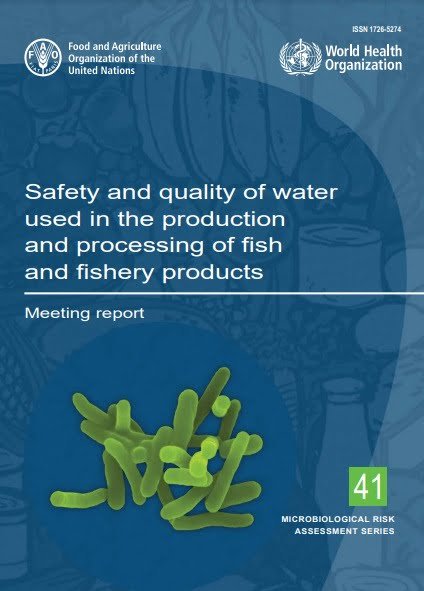Finland – Aquaculture is one of the fastest growing food production sectors globally. Due to continuous growth, ecologically, economically and socially sustainable sites for aquaculture are already in use, which has caused a need for new fish farming techniques. Recirculating aquaculture systems, technology that recycles and saves water, has expanded in recent years. The technology has not yet achieved economic viability, mainly due to high investment and operating costs. In addition, the operation and management of bioreactors has been one of the biggest issues, which microbiological processes were studied by M.Sc. Jani Pulkkinen in his dissertation.
Bioreactors utilize bacteria in the water purification process. In bioreactors, toxic ammonia excreted by fish is microbially converted to more harmless nitrate in the nitrification process.
“Although bioreactors are designed for the decomposition of nitrogen compounds, the main functions of bacteria in bioreactors were the decomposition of carbohydrates, amino acids and fats. The impact of bioreactors as a whole on water quality is thus much more diverse than previously thought. A diverse and stable bacterial community can maintain good water quality, not only in terms of nitrogen compounds, but also in organic matter”, Pulkkinen says.
Different types of bioreactors can trap solids from water or affect the gas balance, but different bioreactors also have different nitrification efficiencies, i.e. how fast ammonia can be converted to nitrate.
“The sizing and selection of bioreactor type should be done taking into account the characteristics of the entire water treatment system,” says Pulkkinen.
The biological and mechanical solids removal capacity of bioreactors can compensate the properties of the rest of the water treatment system. By optimizing the entire water treatment system, the best possible water quality can be maintained for the well-being and growth of the fish, which enables cost-effective and environmentally friendly aquaculture.
The dissertation consisted of four publications using modern molecular microbiology methods. All studies were conducted in the experimental recirculating aquaculture facilities of the Natural Resources Institute Finland (Luke) Laukaa fish farm.
Stay Always Informed
Join our communities to instantly receive the most important news, reports, and analysis from the aquaculture industry.
The dissertation has been funded by Luke, the European Union and the Ministry of Agriculture and Forestry from the European Maritime and Fisheries Fund.
Jani Pulkkinen graduated from the Siilinjärvi High School in 2004 and graduated with a Master’s degree from the University of Jyväskylä in 2012 majoring in aquatic sciences. Pulkkinen has worked at the Etelä-Savo ELY Centre in 2012–2014 as a hydrobiologist and environmental designer. Since 2014, Pulkkinen has worked on research and development of inland aquaculture at the Agrifood Research Finland (MTT) and the Natural Resources Institute Finland (Luke). Pulkkinen has been a doctoral student at the University of Jyväskylä since 2017.
M.Sc. Jani Pulkkinen defends his doctoral dissertation in “Microbiology of biological filters in recirculating aquaculture systems” on 11th of September 2020 at 12:00 noon. Opponent Professor Ingrid Bakke (Norwegian University of Science and Technology, Norway) and Custos Professor Jouni Taskinen (University of Jyväskylä). The doctoral dissertation is held in English.
The audience can follow the dissertation online, or as a recording after the event. Link to the Zoom Webinar (Zoom application or Google Chrome web browser recommended): https://r.jyu.fi/dissertation-pulkkinen-110920 (directed to the recording after the event).
For further information:
Research scientist Jani Pulkkinen,
jani.t.pulkkinen@luke.fi,
+358295323297
Reference (open access):
Pulkkinen, Jani. Microbiology of biological filters in recirculating aquaculture systems. Jyväskylä: University of Jyväskylä, 2020, 50 p.
Source: University of Jyväskylä
Editor at the digital magazine AquaHoy. He holds a degree in Aquaculture Biology from the National University of Santa (UNS) and a Master’s degree in Science and Innovation Management from the Polytechnic University of Valencia, with postgraduate diplomas in Business Innovation and Innovation Management. He possesses extensive experience in the aquaculture and fisheries sector, having led the Fisheries Innovation Unit of the National Program for Innovation in Fisheries and Aquaculture (PNIPA). He has served as a senior consultant in technology watch, an innovation project formulator and advisor, and a lecturer at UNS. He is a member of the Peruvian College of Biologists and was recognized by the World Aquaculture Society (WAS) in 2016 for his contribution to aquaculture.




